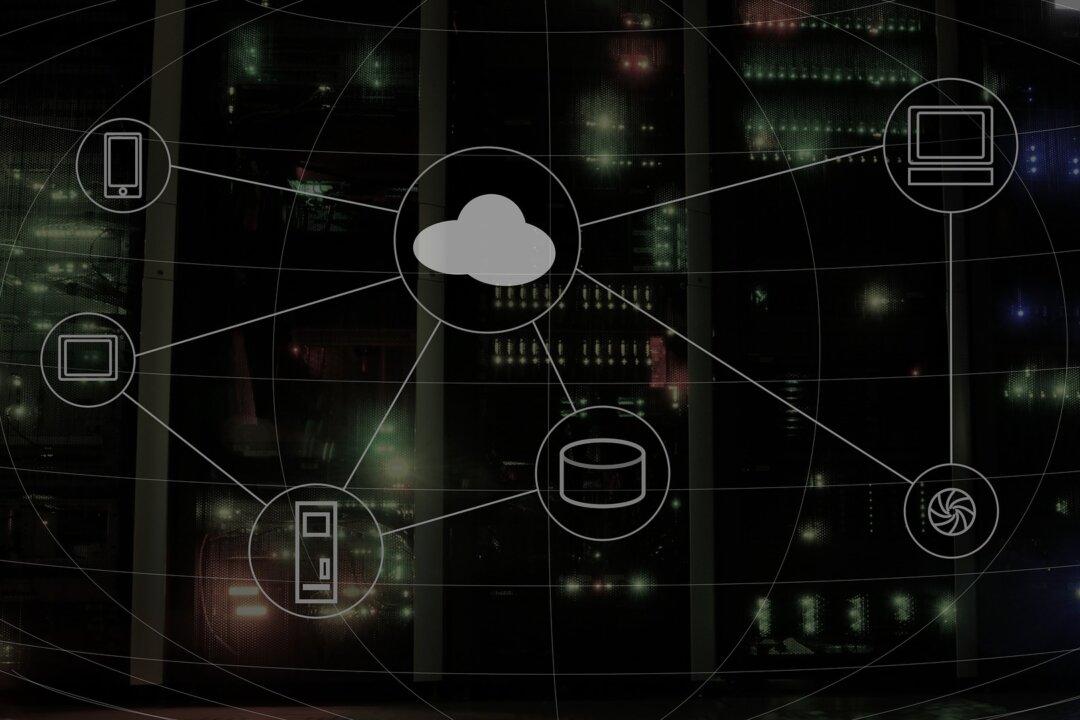Commentary
For the past decade as a software researcher, technologist, and data scientist, I have watched the movement toward the next “big thing” in computing from the days of “grid computing,” which promised to create virtual organizations of computing, resources, and people, to today’s “cloud computing,” which is admittedly quite different than where I believe technologists decades ago imagined we'd be in terms of computation, scalability, privacy, and interconnection.





